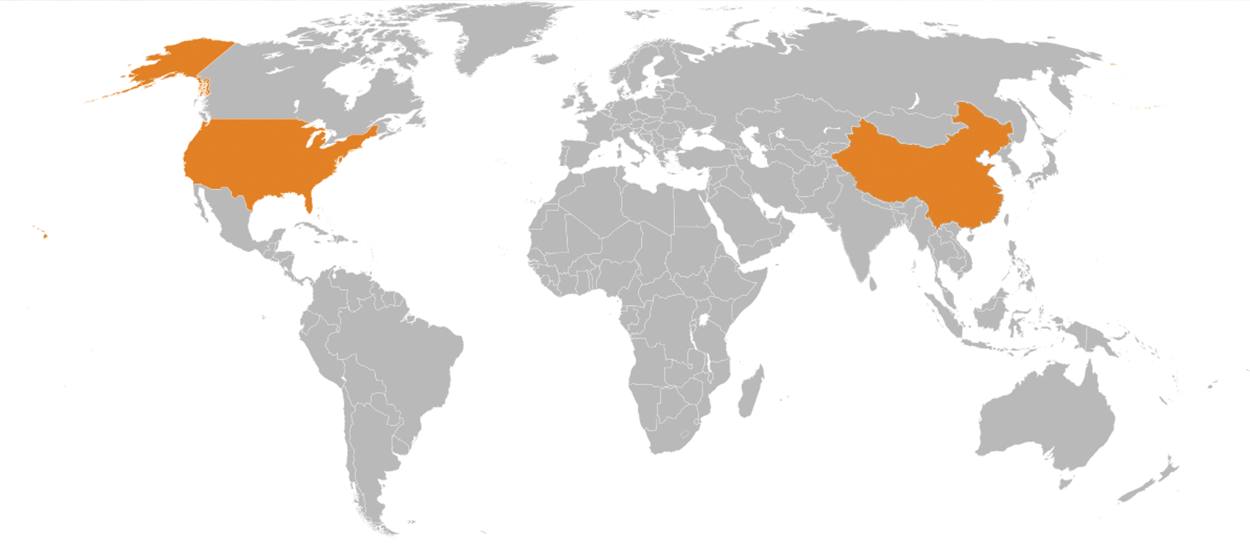Logging, mining, harvesting… The use and consumption of our most basic natural resources is an essential, but misunderstood part of every country’s economic foundation. It’s also a foundation that is becoming more globally integrated and complex every year. With growing world populations and a higher general level of consumption per person than ever before, I thought it topical (especially with the current political climate) to look at both the production and consumption of the world’s two largest lumber consumers… China and America.

First China. It’s true that like so many emerging nations, during China’s rapid industrialization post WWII there was little regulation, massive deforestation of local resources and a resulting competitive advantage of raw lumber costs to Chinese manufacturers. However, this has not been accurate since the 1980’s. Due to the scale of Chinese globalization, the effects of over-logging became evident faster than anywhere else, and for the past 30 years, China has been trying to fix its complex environmental issues. It has since become the largest importer of both raw and processed lumber. In its relevance to the manufacture of shutters and other wooden furniture items, it now imports almost half of the worlds $USD 40 billion dollars of hardwood trade annually. Then exports them again as finished products.

In comparison, America is one of the largest exporters of raw hardwood. It too had industrialization and deforestation issues, just much earlier than China. With sustainable logging practices starting in the early 1900’s it now has a thriving forestry industry and grows more hardwood than it consumes. According the American Hardwood Export Council, the U.S is now the largest exporter of hardwood to China, surpassing Russia. In 2017 the U.S exported more than 60% of its hardwood production, with more than 50% of that going to China. It also imports back, a large amount of that raw lumber as semi-finished or finished goods, taking advantage of cheaper Chinese labor to process its raw inputs into consumer items. The U.S still holds on as the largest economy in the world, and uses its immense buying power to import goods at the most competitive rates of any nation to service the demand of its consumers.
What does it all mean? It means that globalization has left very few products 100% imported or locally made. Even that definition usually means that the product is only assembled overseas, or at the local source and raw inputs sources from a variety of places. It also means that there is a heavy reliance on each countries relative competitive advantage to produce the most economical finished goods to a growing and more globally integrated world.
As an ending remark, it’s important to understand that lumber remains one of the worlds most resilient, efficient and sustainable natural resources we have. Unlike fears about oil or coal, it wont run out and as the global lumber market matures, truly sustainable logging practices will see finished wood products remain a staple for homes and industry for generations to come.







